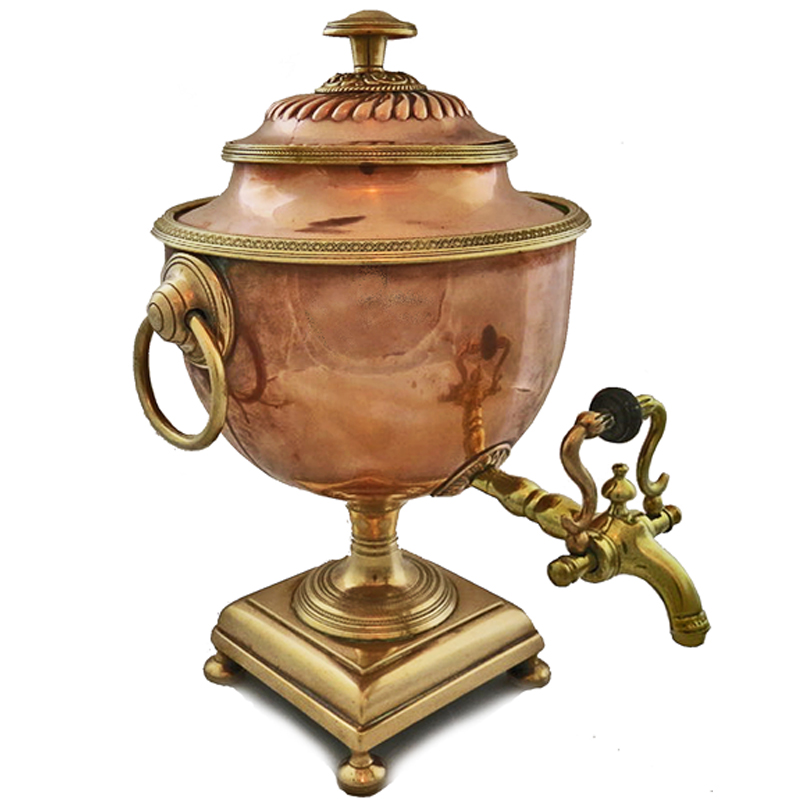
For over 30 years, Elijah Slocum has scoured the English and French countrysides, searching for copper ware. Why England and France? Because in the 1860s, England accounted for 90% of the world’s copper output. With such easy access to this abundance of the malleable metal, local artisans picked up their hammers and started creating beautiful ware.
Not that copper hadn’t been used from the beginning of time. There are smelting sites dating from 5000 B.C. But it was not until the Industrial Revolution that copper products were abundantly available. That was a game changer.
Take the demand for copper cookware. Copper pots heat more evenly, warm foods more quickly, do not rust and are significantly lighter than their predecessor— cast iron. They proved to be durable, too.
Copper ore even has hygienic attributes. Bacteria cannot survive on it, so pitchers started appearing everywhere from pubs, sculleries, tea shops, to hospitals. Not surprisingly, many survive today, granting satisfaction to our search efforts.
Today, whether used simply as decoration or as a functioning piece, copper holds its value, as its warmth and beauty are still prized.
